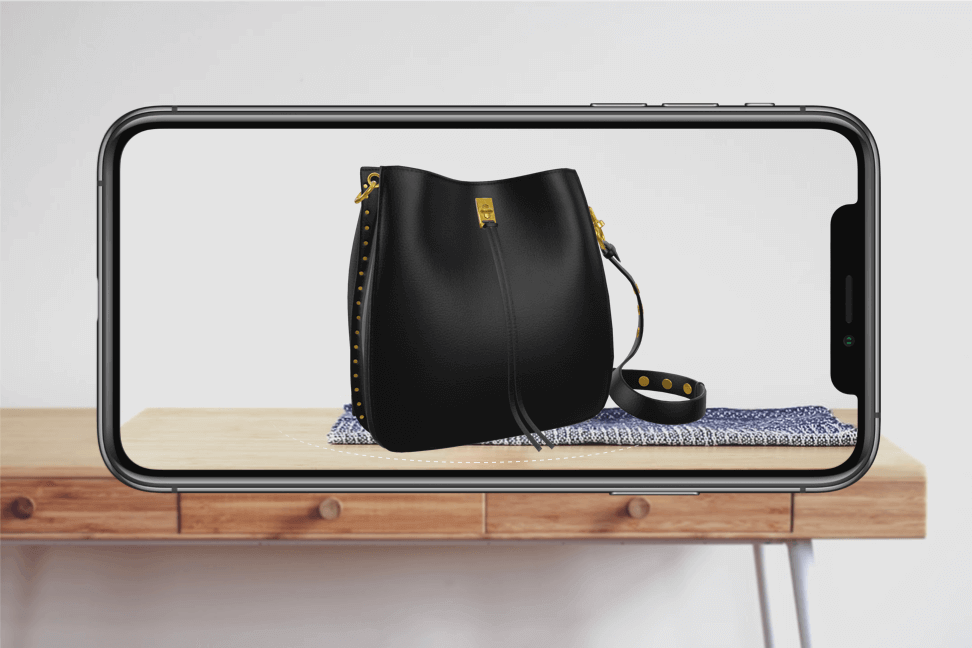3D product visualization enables the creation of photorealistic or non-photorealistic images of existing products or products in a design phase. Moreover, it’s possible to create interactive 3D models, virtual tours, or augmented reality experiences. It’s a new trend in product presentation. Therefore, it requires a great deal of creativity. In this article, you will find the most common 3D product rendering applications in various businesses in hope that they will bring you inspiration for your own business.
Product Rendering For Creating White Background Product Shots
Before product visualization, presenting one’s products on the Internet or in catalogues required hiring a team of photographers who would take the pictures and touch them up later. 3D rendering makes the whole process easier, specialists can prepare the 3D model of the product from the sketches and recreate high-quality images that are better than traditional pictures. White-background pictures are an expected format on many e-commerce websites, where customers are used to seeing only a single product they are interested in. Additionally, using rendering the specialists can with ease create multiple versions of the same product, but with different fabric, colours or finish.
3D Modelling Services Can Show a Product In a Context
Another option for presenting a product online is to create a stunning, eye-catching context for it. Pieces of art can be displayed in a breathtaking modern mansion. Furniture can be arranged as the most eye-catching element in trendy interiors. A good picture of life scenes can help your users deal with some of the doubts they may have about the product. You can show them how to use it, where it fits well, what message it portrays.
360 Viewing Experiences
The new visualization technique caters to many customers’ wishes. With 360 pictures the company can present the product from all angles, providing additional information to the customer and ensuring their satisfaction. It is another step towards making virtual reality a better copy of the real world.
Virtual Tours and Flythroughs
This is a type of 3D animation that allows the user to “visit” the property and get a better feeling of what it is like. Virtual tours would use a natural perspective of the viewer as if they were truly walking through it. Flythrough would use an unrealistic perspective of flying over the property to give a different, more astonishing outlook on it. The application is very useful, as in many cases buyers purchase a property before it’s built. Hence, a real tour is not an option.
Concept Design
3D rendering serves not only customers to learn more about the product, but it’s also helpful for designers at the designing stage, who can improve their design and reduce the cost of creating prototypes. A realistic picture will help to eliminate some design flaws or will make aesthetic decisions about the product easier. The number of products that could be rendered that way is countless. Some of the most popular are medical tools/ equipment prototypes, highly customized models for 3D printing, interiors, furniture, and house plans or mechanical devices.




